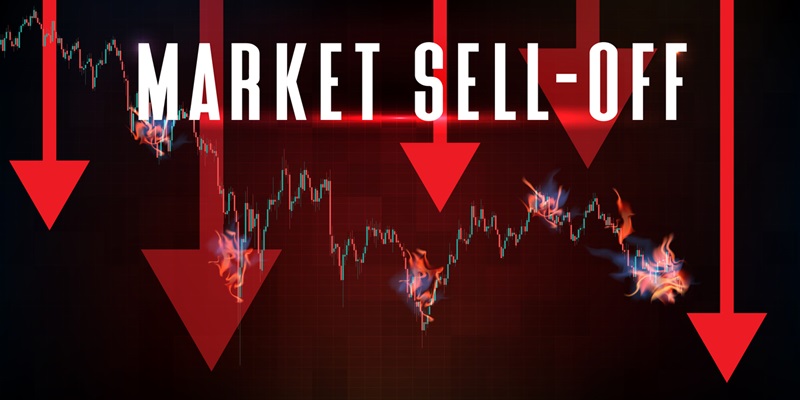Editor’s note: Today, RiskHedge Executive Editor Chris Reilly sits down with Stephen McBride to discuss the recent market selloff and what investors should expect leading up to the US presidential election...
***
Chris Reilly: Stephen, we got the selloff you’ve been anticipating.
Here’s your warning from June:
Markets aren’t usually this easy or consistent. And remember, in an average year, the S&P 500 suffers a decline of 14%. My guess is we’ll get a correction in that ballpark sometime before November’s election.
The S&P 500 fell 9% from its July high, and the Nasdaq has fallen 12% so far.
Monday was the worst day for US stocks in almost two years.
And the Volatility Index (VIX), colloquially known as a “fear gauge,” just hit its highest level since the COVID crash.
What is pushing the market lower?
Stephen McBride: Two things shook the market.
#1 is the implosion of the Japanese yen carry trade.
In the simplest terms, many traders borrowed yen for cheap to fund their trades. The Bank of Japan hiked interest rates, many traders lost a lot of money, and then they proceeded to liquidate their stock and crypto holdings to cover potential losses.
#2 is fears about a possible US recession.
We got a bad jobs number last Friday, which spooked investors that the US economy could be about to hit the rocks. Comments from corporate earnings calls about a consumer slowdown added fuel to the fire.
I’ll have a lot more to say about what this means and what other recession indicators are saying in Friday’s Jolt.
But the market was overdue for a breather. And I want to reiterate that this is perfectly normal.
Remember: You’re only “supposed” to get 8%–10% a year from stocks.
We were up about double that halfway through the year. So a correction is no surprise at all.
Chris: What’s your “script” for the rest of the year? Markets rebounded yesterday—think we’re in the clear?
Stephen: With less than 90 days to go, all eyes are on the US presidential election.
Stocks typically go up in election years. Since 1928, US stocks were positive 90% of the time. We’ll likely be able to add 2024 to that list. Even with the recent selloff, stocks are still up over 10% year-to-date.
I expect more volatility, especially in the weeks leading up to the election when investors start getting really antsy. Followed by a rally after the die is cast.
Remember, markets hate uncertainty. Most polls show a close race. Investors seem to feel the US’s political future hinges on a coin flip. That fog of uncertainty probably won’t lift until after the election is decided.
So while the recent market dip has created some decent buying opportunities, there’s no need to “rush in” to buy the dip.
Instead, it’s a great time to DCA (dollar-cost average) into quality stocks. With this technique, you place a fixed dollar amount into an investment on a regular basis.
Say you plan to invest $10,000 in one stock.
Instead of buying $10,000 in one go, you could split it into four chunks of $2,500 over four months.
You’d be “scaling in” slowly as opposed to “going all in” from the beginning.
By investing this way during downturns, you accomplish two things: You lose less money on the way down and you make more money from the recovery to follow. Plus, it alleviates the uneasy feeling that you might be catching a “falling knife” during emotional times like today.
Chris: Any other strategies investors should consider?
Stephen: In our latest Disruption Investor issue, Chris Wood and I recommend members put on a specific hedge to protect the gains we’ve made over the past 18 months.
It’s like buying insurance for your investments to avoid significant losses.
In my experience, this is the #1 thing that separates investors who grow rich from those who see mediocre results. There are a lot of “one-hit wonder” investors who strike it big during a stock market rally... only to give it all back on the other side.
You must respect the market and remember: stocks fluctuate. The S&P 500 has hit 38 new highs so far this year. It won’t always be easy to make money, as we saw Monday. And remember, more volatility is likely as we approach the election.
Our edge in Disruption Investor is owning great, disruptive businesses in long-term megatrends. Over a multi-year period, the companies we own will continue to power ahead, no matter the political situation.
But in the short term, even great stocks can be tossed around in emotional waves, which we’re seeing.
Chris: Thanks, Stephen. Reader, if you’re a Disruption Investor member, you can read the issue here. If not, upgrade here.



